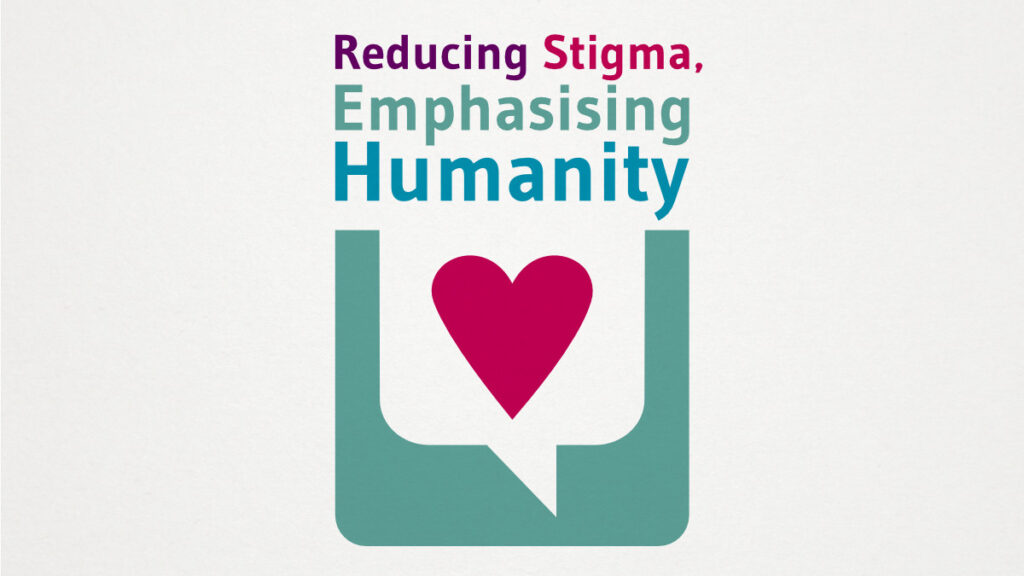NEWS: Call for Action – Challenging Self-Stigma through Collective Peer Support
Moray Wellbeing Hub CIC Director and Champion, Heidi Tweedie, writes for ALLIANCE about stigma and the power of peer support
Please be aware, this piece will touch on emotive topics.

Stigma. A small six letter word with a punch. A blow so powerful as to cause an end to a life, yet also invisible to others unaware of the fight another is undergoing. Bit too dramatic? I don’t think so.
As a person with many ongoing experiences of life challenge the biggest of all is stigma. The pain of a hemiplegic migraine and collapse to the floor, or the crushing power of depression that sees all joy sucked from your perception, or even the fluster and frustration of wonky processing that makes explaining the ideas in your head to others not work with your mouth department. I have experienced them all many times, but it is what lingers when these moments of distress pass that is more damaging to my wellbeing. This insipid force of stigma that drains my energy, limits my connection with others and hamstrings activity in ways I’m often unaware of.
The organisation I am proud to be part of, Moray Wellbeing Hub, was started because of stigma. A few of us wanted to start a movement, do practical activity and focus energy against this nebulous entity that affected so many people. For us, labelling up the different types of stigma was a distraction to the cause – we focused on locality rather than condition type to give our community a shape. What we needed was a combined force to push back against the otherness and othering that is created around difference, and do this in a way that brought hope and connection. Champions join our movement simply stating they have experienced a challenge to their mental health. That is enough. More the merrier, all welcome to the party.
Stigma breeds on isolation and, thankfully, many more of our population are aware sufficiently to spot the overt signs and challenge themselves or others to prevent or minimise shaming actions. There is much to do, but comparative to my 90’s youth it feels a very different space, much less friendly for stigma to breed in our increasingly woke society.
However, it is internal isolation that continues to be a less obvious challenge. Stigma breeds within us, limiting our choices, our ability to be kind to ourselves. It is much harder to hear people’s internal voices and support them to challenge these. How do we know what people are hearing inside their heads? What have they absorbed from negative language of the past or concluded based on barriers others are unaware need attention?
I feel self-stigma is a major issue that needs greater attention and resources. I come to this conclusion based on my personal internal experiences of stigma, when I catch it, as well as my experience of supporting and celebrating others in their recovery and self-management journeys. We are aware of the common psychology principle that – it is not what happens to us but how we think and feel about this that impacts us. This means that self-stigma, where you internalise negative perspectives about aspects of yourself, must be a truly life limiting experience. Having a bully, a persecutor on the inside, is a different challenge and requires a different approach.
My experience in fighting self-stigma has shown me that collective peer-support works. It is when I am furthest from my fellow Champions that the self-stigma gremlins get me. It is others who commit to the same values of being authentic, intentional and mutual that enable a recovery from stigma. They challenge me, poke me, support me and wheedle out those poisonous thoughts I never knew were lurking in there. I wish to give them a massive vote of thanks and encourage us all take up the fight against self-stigma. Watch out for your own internal baddies and let others help you give them the heave-ho.